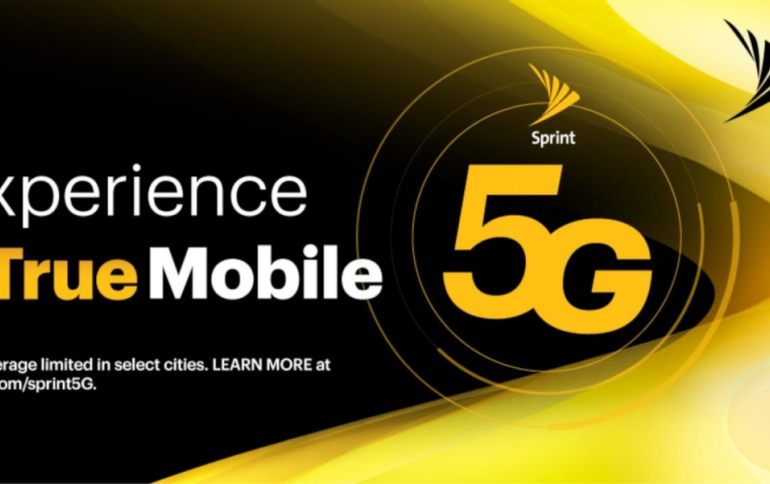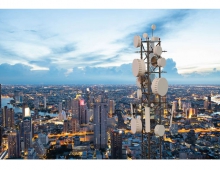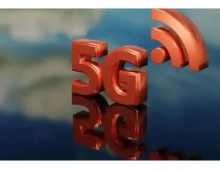
Sprint Lights Up Mobile 5G in Atlanta, Dallas-Fort Worth, Houston and Kansas City
Today Sprint’s on-the-go customers are among the first to experience the performance of mobile 5G, with the company to deliver fast download speeds in areas of Atlanta, Dallas-Fort Worth, Houston and Kansas City.
In the coming weeks, Sprint also expects to launch service in areas of Chicago, Los Angeles, New York City, Phoenix and Washington, D.C., covering approximately 2,180 square miles and 11.5 million people total across all 9 market areas.
Today service is available in the following locations:
- Atlanta: Sprint 5G covers approximately 150 square miles and 565,000 people from downtown to Dunwoody
- Dallas-Fort Worth: Sprint 5G covers approximately 575 square miles and 1.6 million people across the greater Dallas-Fort Worth area serving Irving and downtown Fort Worth, including Sundance Square, Las Colinas, and the North Dallas area from Preston Hollow to Addison.
- Houston: Sprint 5G covers approximately 165 square miles and 800,000 people across the cultural center of Houston from downtown to Memorial City Mall/City Centre Plaza.
- Kansas City: Sprint is the first wireless operator to launch 5G in its hometown, with service covering approximately 225 square miles and 625,000 people from downtown Kansas City, MO, to Overland Park, KS where the company is headquartered.
At the foundation of Sprint 5G is Massive MIMO, a technology that improves network capacity. Sprint is using 64T64R (64 transmitters 64 receivers) 5G Massive MIMO radios from Ericsson in Atlanta, Dallas-Fort Worth, Houston and Kansas City. These radios support split-mode, enabling Sprint to simultaneously deliver LTE Advanced and 5G NR service. Sprint’s 5G Massive MIMO radios run on its 2.5 GHz mid-band spectrum, and they are deployed on Sprint’s existing 4G cell sites, providing a nearly identical footprint for both 2.5 GHz LTE and 5G NR coverage.
Sprint's customers can experience 5G mobility with LG V50 ThinQ 5G, HTC 5G Hub, and this summer, Samsung Galaxy S10 5G.
Rivals Verizon and AT&T have concentrated their launch 5G efforts on millimeter-wave technology, which delivers truly next-level data speeds that can exceed 1Gbps — but with the trade-off of extremely spotty coverage.
In Verizon’s case, coverage is strong when you’re in close proximity to one of its 5G nodes, but quickly drops off as you move away and disappears entirely once the node is out of sight. Indoor coverage is also essentially nonexistent, with Verizon falling back to LTE speeds since windows and walls are enough to defeat millimeter wave.
By contrast, Sprint is using what it calls “split mode” to allow devices to combine 5G NR and LTE Advanced for faster download speeds and, more importantly, 5G coverage that’s somewhat consistent. Sprint isn’t relying on the same high-frequency millimeter-wave tech as Verizon and AT&T at the moment. Instead, it’s building 5G on top of its mid-band 2.5GHz wireless spectrum.
Sprint’s promise is that its 5G network will be up to five times faster than LTE.




















